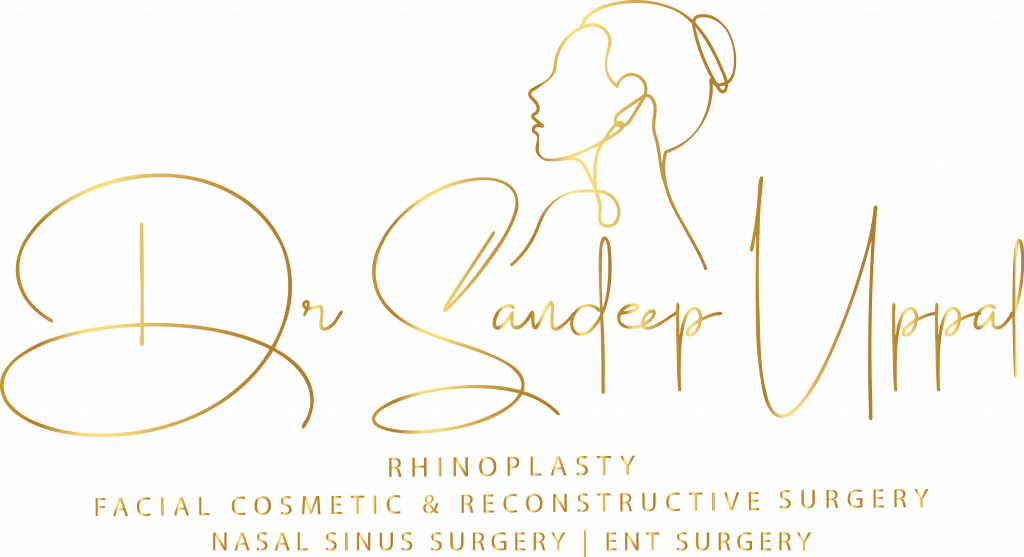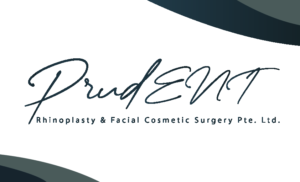Upper Blepharoplasty Procedure
UPPER BLEPHAROPLASTY PROCEDURE STEPS CONSULTATION Before the surgery, a thorough consultation with Dr Sandeep is essential. Detailed consultation will include: MEDICAL HISTORY Dr Sandeep will inquire about any medical conditions, especially those related to the eyes, such as glaucoma, dry eye, Lasik, or other previous eye surgeries. He will also ask about medications, allergies, and any previous surgeries. PHYSICAL EXAMINATION This includes assessing the position of the eyebrows, eyelid skin’s elasticity, the amount of excess skin and fat, and fat distribution. Sometimes, drooping eyebrows (brow ptosis) can contribute to the appearance of sagging upper eyelids, and addressing this might be recommended either alone or in conjunction with upper blepharoplasty. VISION TEST If the procedure is being considered for functional reasons, a peripheral vision test might be conducted to document any visual impairment caused by the drooping eyelids. PHOTOGRAPHS Standardized photographs of the eyes, both open and closed, are usually taken from different angles. These photos serve as a “before” reference and can be used for surgical planning. ANAESTHESIA The procedure can be performed under local anaesthesia, with sedation or general anaesthesia, depending on the client’s preference and Dr Sandeep’s recommendation. SURGERY INCISION Dr Sandeep makes an incision along the natural crease of the upper eyelid. This placement ensures that the resultant scar is well-hidden and inconspicuous. TISSUE REMOVAL OR ADJUSTMENT Excess skin and, in some cases, a small amount of muscle and fat are removed from the upper eyelid. The goal is to create a smoother, more youthful eyelid contour. Sometimes Dr Sandeep prefers to reposition or redistribute the fat in the eyelid instead of removing it, to prevent a sunken eyelid. CLOSURE The incisions are closed with fine sutures, which can be removed in about a week. RECOVERY IMMEDIATELY AFTER SURGERY After the procedure, the eyes might be lubricated with ointment, and a cold compress will be recommended to reduce swelling. FIRST FEW DAYS Swelling, bruising, and some discomfort is not uncommon. Clients are advised to keep their head elevated and apply cold compresses to minimize swelling. STITCHES Typically, these are removed after 5-7 days. POSTOPERATIVE CARE MEDICATIONS Pain relievers and sometimes antibiotics are prescribed. Topical antibiotic ointment will be prescribed to aid in healing. If dry eyes are a concern, lubricating eye drops might be recommended. ACTIVITY RESTRICTIONS Most clients can return to work and daily activities within 7-10 days, but strenuous activities and heavy lifting should be avoided for at least 2-3 weeks. Clients should avoid activities that increase blood flow to the eyes, such as bending over, for several days. Eye make-up may be applied once the incisions have healed. PROTECTION Wearing sunglasses can help protect the eyes from wind and sun, which can cause irritation during the healing process. FINAL RESULTS While initial results are visible once swelling and bruising subside, the final outcome may take several weeks to months as scars mature and fade. ADVANTAGE OF UPPER BLEPHAROPLASTY Dr Sandeep and his dedicated team often discuss the advantages of upper blepharoplasty with their clients. This surgical procedure primarily targets the eyelids, removing excess skin, muscle, and sometimes fat from the upper eyelid area. The team believes that the benefits of this surgery extend beyond aesthetics; it can significantly improve the quality of life for many people. A MORE YOUTHFUL APPEARANCE Sagging or drooping upper eyelids hide the natural fold of the upper eyelids and give a tired or aged appearance or feeling. By removing excess skin and tightening the upper eyelid area, clients often appear younger and more alert. Puffy appearance due to excess fatty deposits in the upper lid is addressed leading to rejuvenation of the eyes and upper face. REDUCED EYE STRAIN Dr Sandeep informs his clients that the removal of extra weight and skin from the upper eyelids can alleviate tension and strain around the eyes, making daily activities more enjoyable. IMPROVED VISION Excess skin from the upper eyelids that interferes with vision and difficulty wearing glasses or contact lenses due to sagging skin. Dr Sandeep notes that by eliminating the drooping skin that often obscures sight, clients experience clearer, unobstructed vision. INCREASED SELF-CONFIDENCE The transformation often leads to boosted self-esteem, as clients feel more comfortable with their appearance. VERSATILITY IN MAKEUP APPLICATION For those who enjoy cosmetics, the newly defined eyelid crease offers a smoother canvas for makeup application, as explained by the clinic’s aesthetician. LONG-LASTING RESULTS Our takes pride in offering a procedure with long-lasting outcomes, depending on individual factors. QUICK RECOVERY TIME The procedure generally has a short recovery period, allowing clients to return to their daily activities promptly. CUSTOMISATION Dr Sandeep tailors each procedure to the client’s specific needs and desired outcomes, ensuring the most natural-looking results. COMBINED PROCEDURES Upper blepharoplasty can be performed in conjunction with other facial rejuvenation procedures, A brow lift is often needed as a complimentary procedure to achieve optimal results. It may be combined with other procedures like face lift offering a more comprehensive aesthetic transformation. For those considering upper blepharoplasty, a consultation with Dr Sandeep and his team provides an opportunity to discuss these advantages in detail, tailored to individual needs and circumstances. DISADVANTAGE OF UPPER BLEPHAROPLASTY While Dr Sandeep and his team often speak highly of the benefits of upper blepharoplasty, they also believe in providing their clients with a balanced view by discussing the potential disadvantages or risks associated with the procedure before proceeding with any surgical intervention, including upper blepharoplasty. During consultations, they discuss these potential disadvantages in depth, tailored to the individual’s medical history and needs. Here are some of the considerations: DOWNTIME Even though recovery is typically quick, there is some downtime involved. Our team recommends planning accordingly. NUMBNESS OR CHANGES IN SENSATION Temporary numbness or altered sensation in the eyelid area can occur. This usually resolves on its own over time as nerves regenerate. ADVERSE REACTION TO ANESTHESIA As with any procedure involving anaesthesia, there’s a risk of complications such as allergic reactions or breathing difficulties. An anaesthesiologist monitors clients during surgery to address
Upper Blepharoplasty Procedure Read More »


